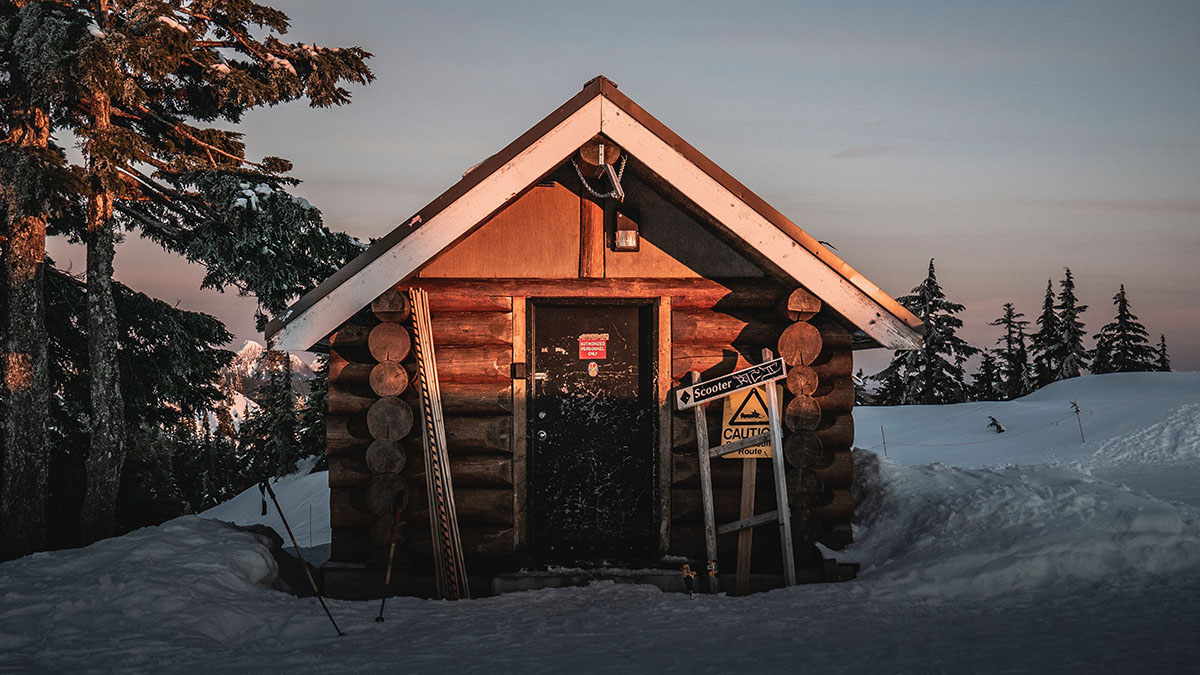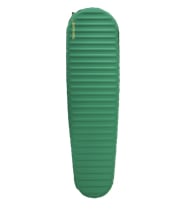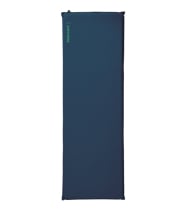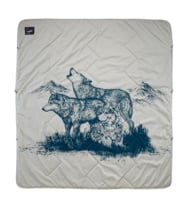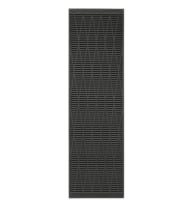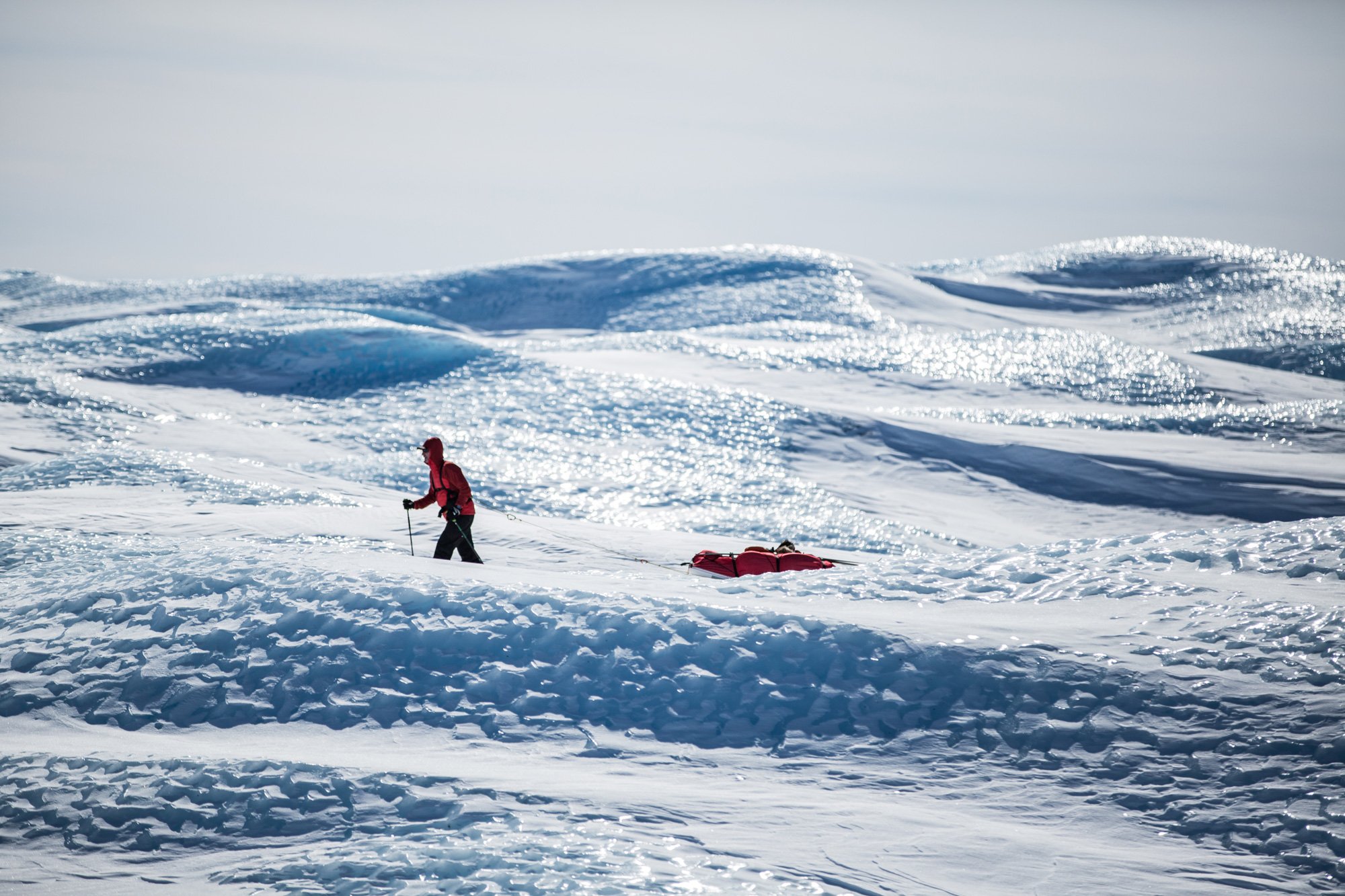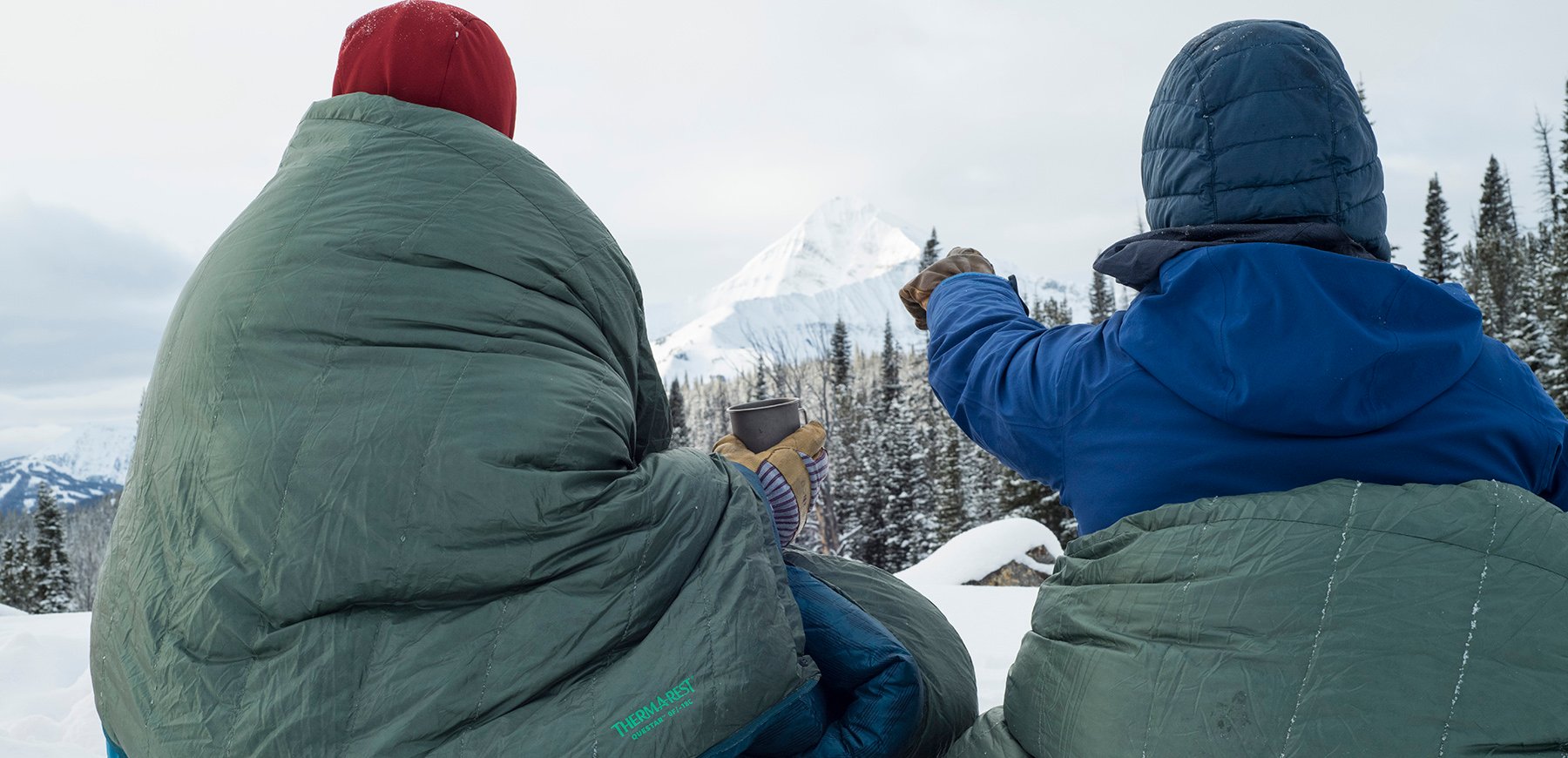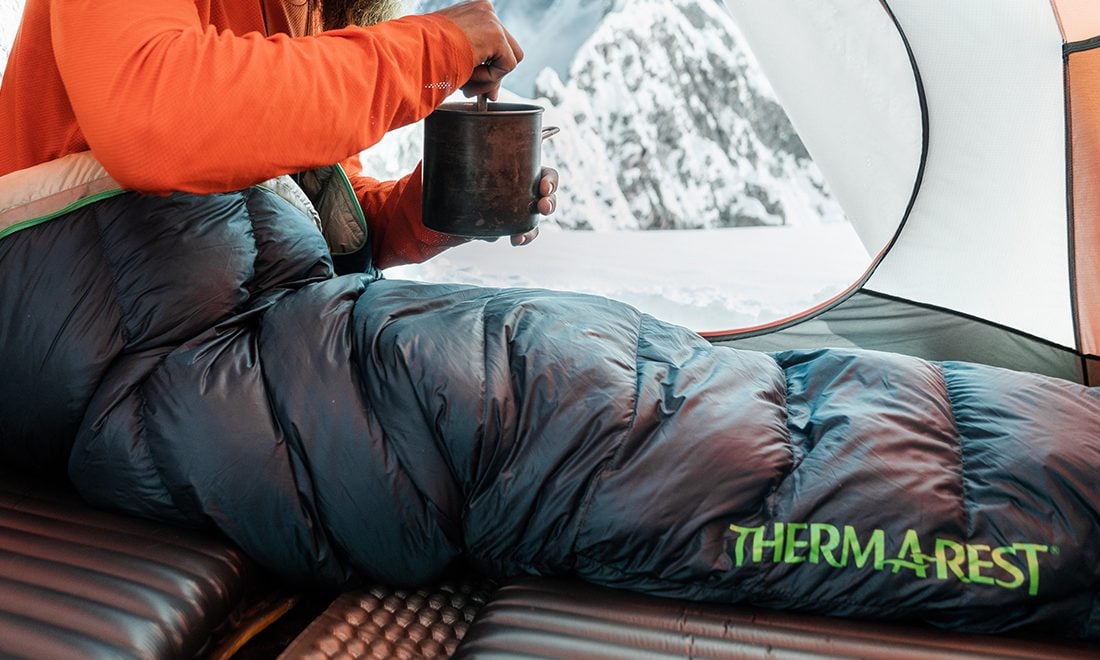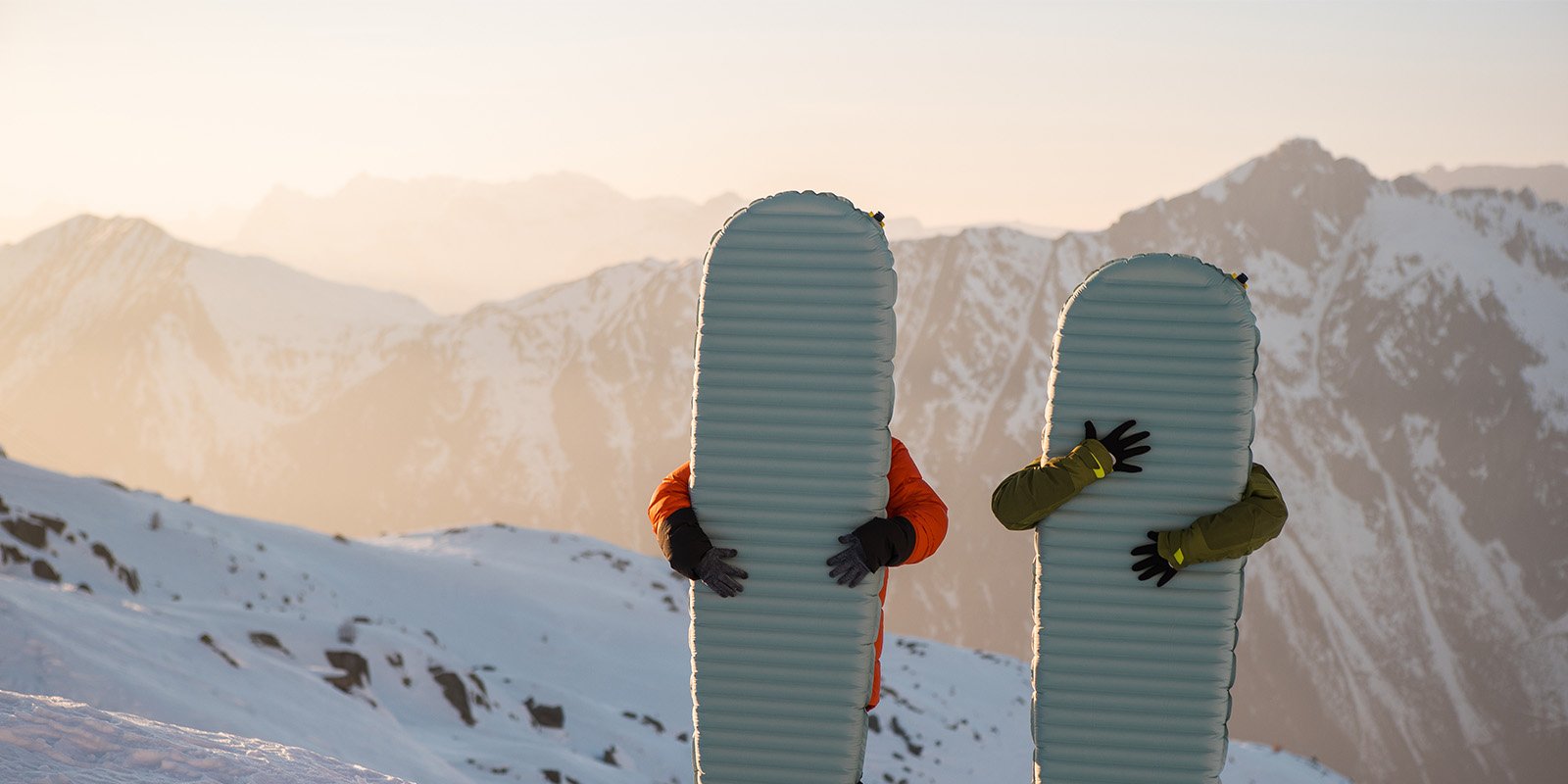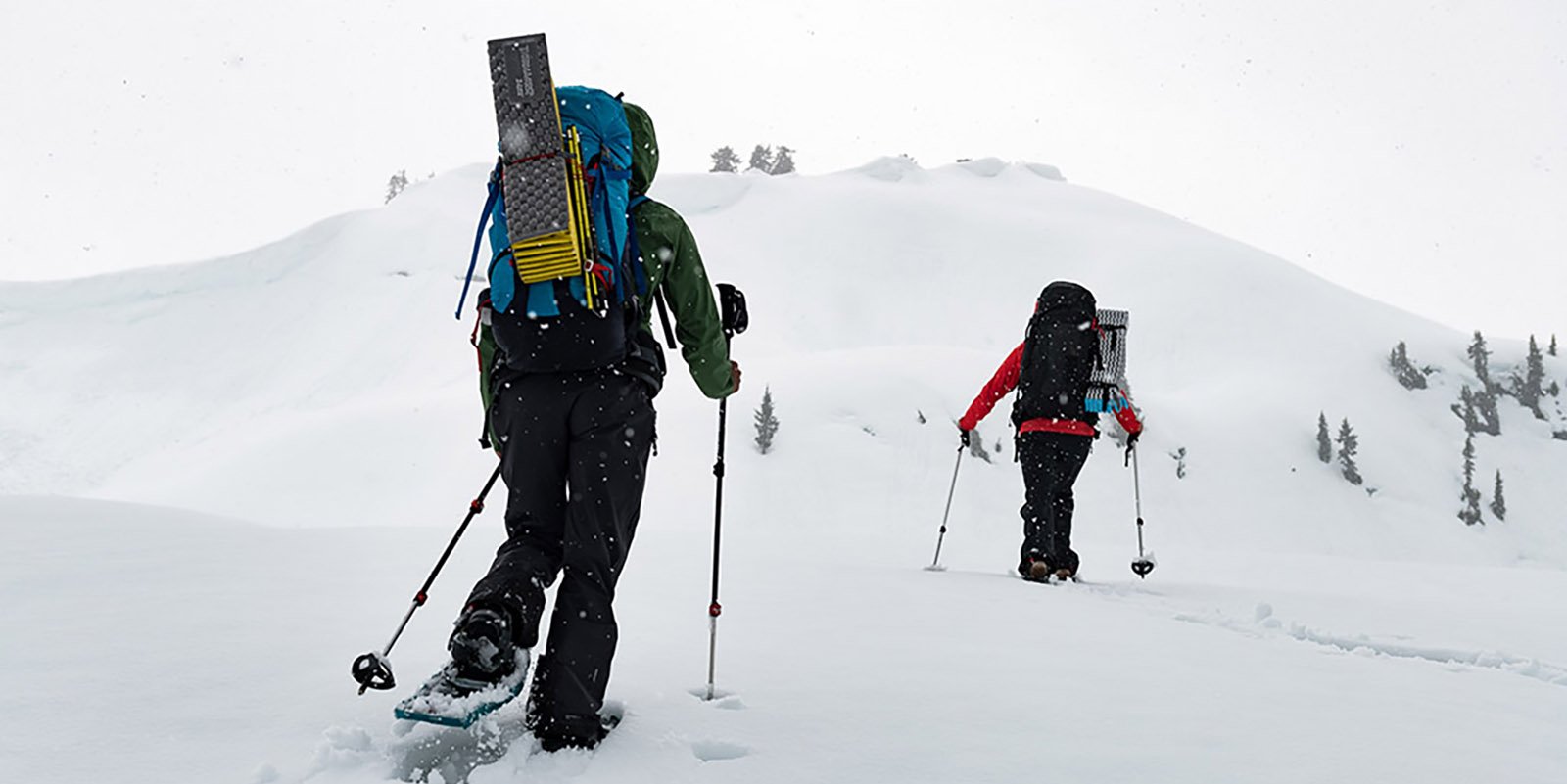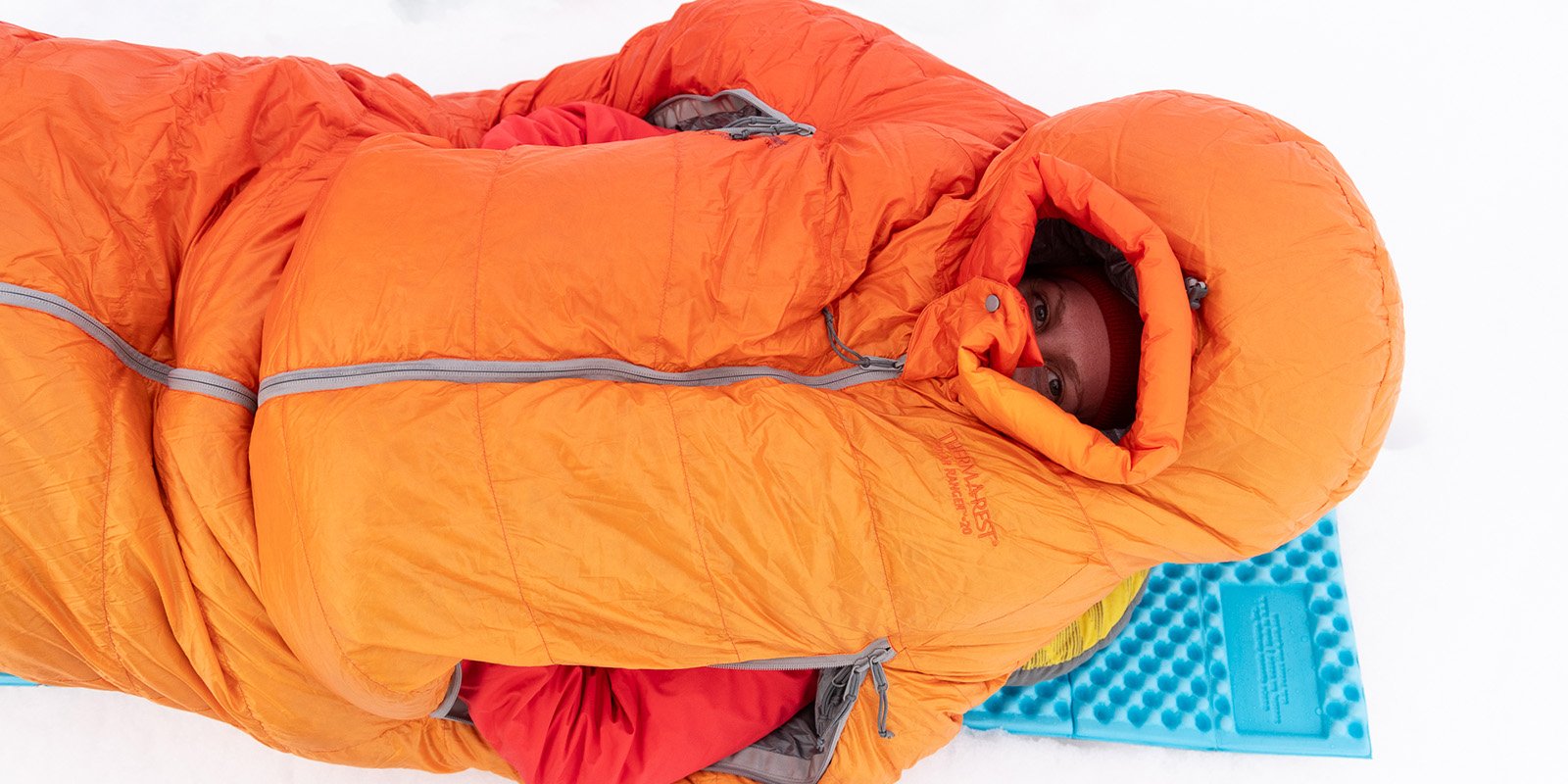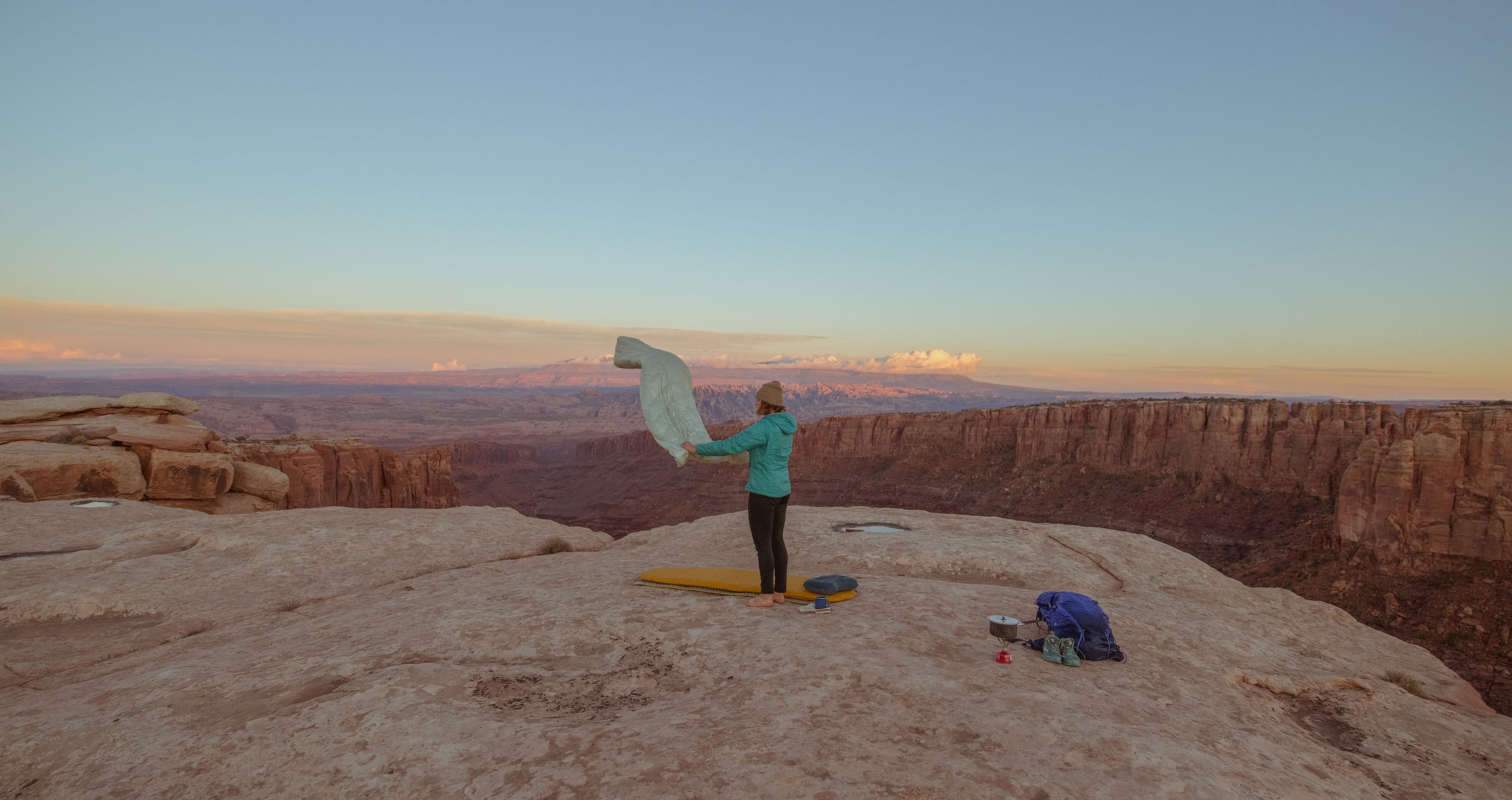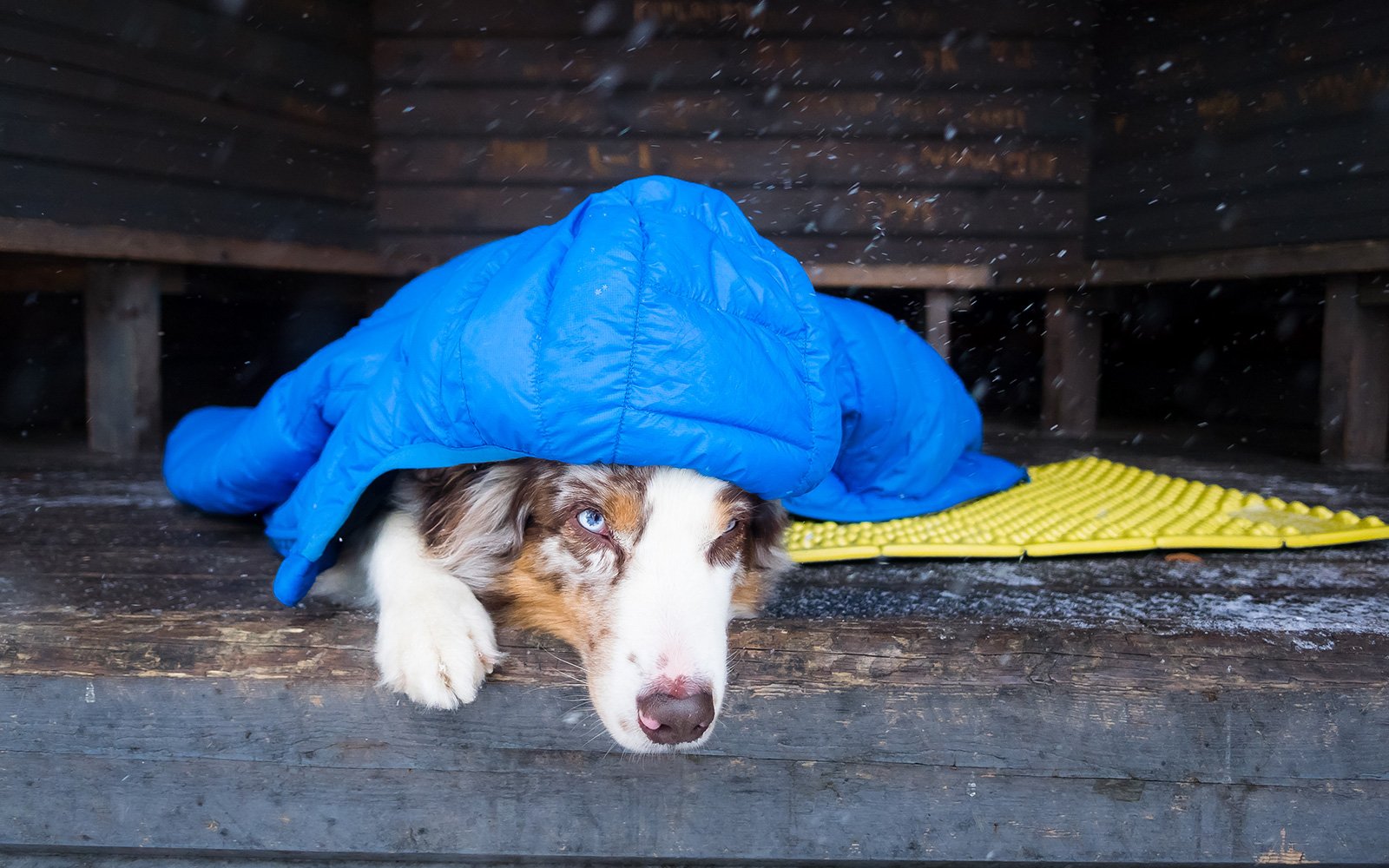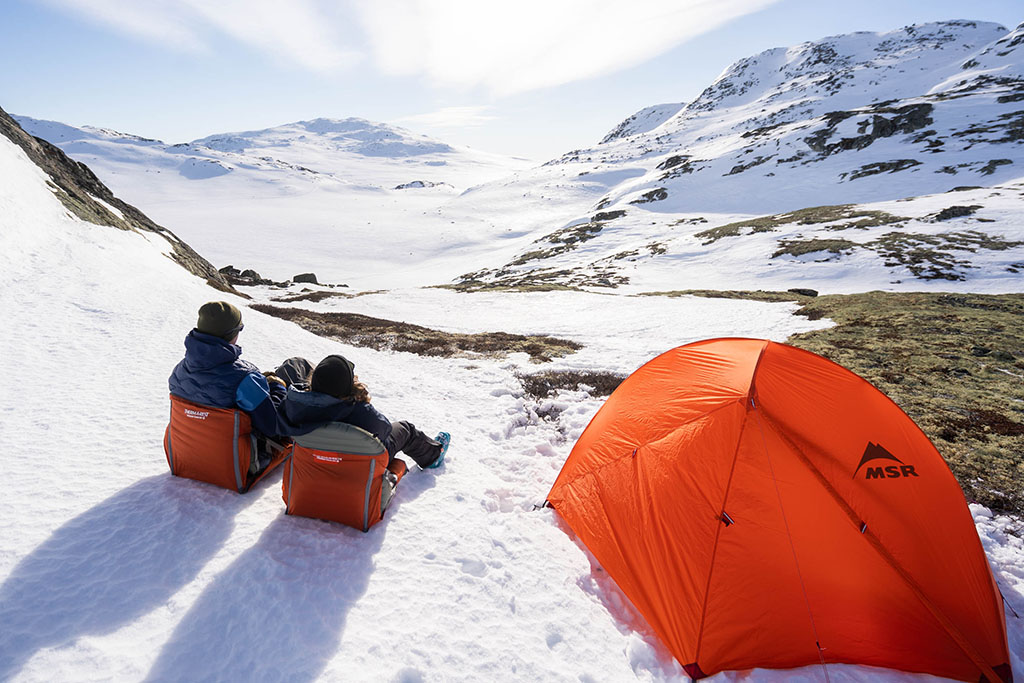If you are tired of spending the winter months daydreaming about backpacking, sleeping under the stars, and camping in general, we have some news for you: just because it’s winter it doesn’t mean it isn’t prime time for camping. In fact, with a little creativity, flexibility and an adventurous spirit, you can redefine what your basecamp looks like in the winter and sleep warm and cozy well into the season.
Here’s a few ideas that range from more comfortable lodging that still feels a bit like roughing it, to the full-on, winter backcountry experience.
6 Ideas for Redefining Your Winter Basecamp
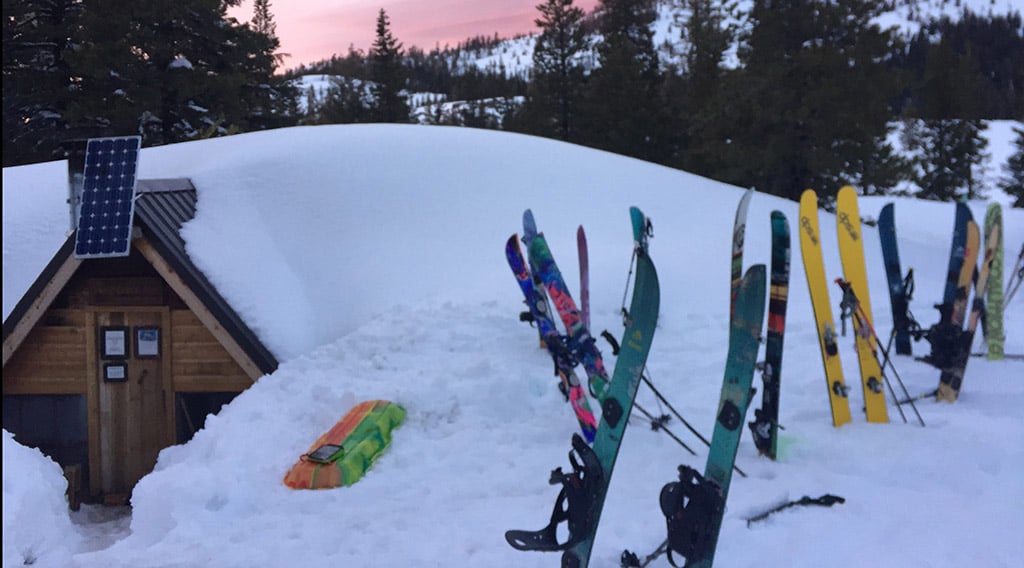
1. Backcountry Huts
Skiers or snowshoers rejoice—backcountry huts nestled deep in the mountains are a winter basecamp dream. The best part about huts is that you can just pack like you normally would for a backpacking trip, but leave the tent behind.
You’ll also need your ski, splitboard, or snowshoe equipment, but no tent generally means you can pack a few luxury items as well. Of course, you’ll also need your avalanche safety gear (beacon, shovel, and probe) if you are traveling in slide-prone terrain, along with the knowledge of how to use them
Most backcountry huts are pretty rustic, so plan to throw your pad and a warm sleeping bag on the typical bunks provided. You’ll also want to bring a camp stove and water filter, although many huts have a wood burning stove. Don’t forget to bring clorox wipes or other ways to sanitize the hut’s surfaces because you might see a mouse or two running along the floorboards. Many huts are run by nonprofits such as the Sierra Club and book up months in advance, so plan your trip early if possible.
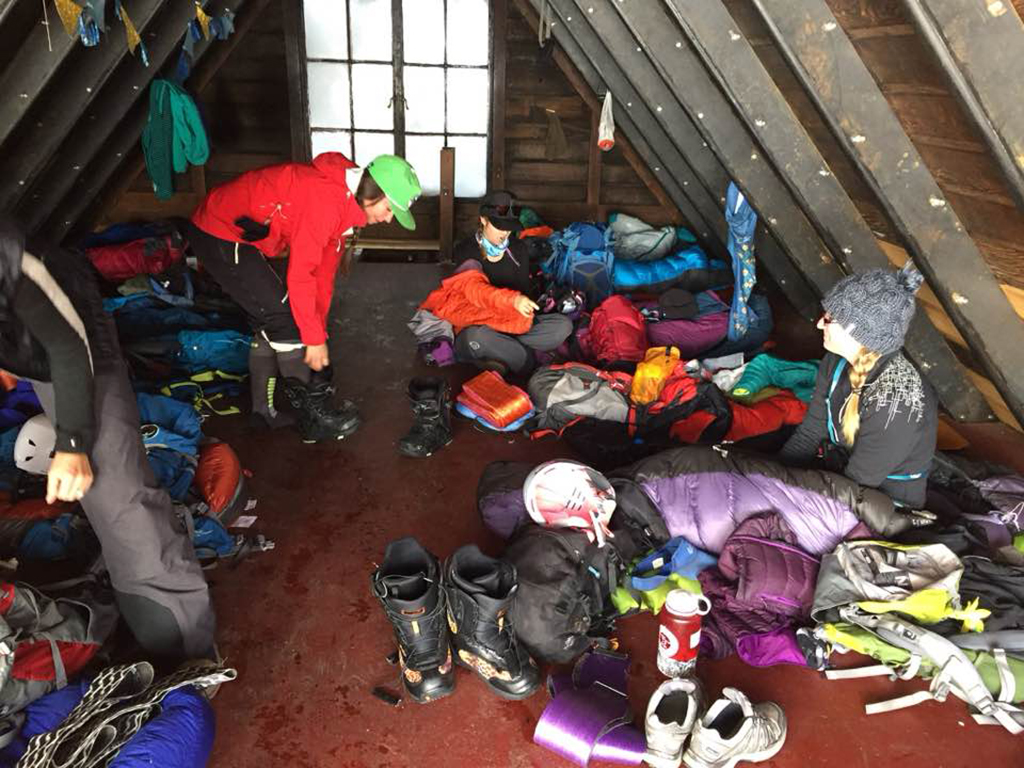
2. Front-Country Yurts
If you would rather drive up to your winter basecamp but still feel like you are roughing it, consider renting a yurt for a night or two. Similar to a backcountry hut, these are usually are located in established campgrounds (often at beaches on the West coast) but offer few amenities. Sometimes they will feature an outside BBQ, fire pit, and picnic table. Inside they might have bunk beds or just bare floors.
Along with basic amenities, these circular huts offer a dry and often heated space to dry off and warm up from a day of winter exploring. Set up your kit on the floor or a bunk like you normally would when car camping. Since your vehicle is right outside the yurt, come with your comfiest camp pillow, a Ramble Down Blanket, and your favorite board game for the evening’s entertainment.
3. Vintage Travel Trailers and Beyond
Towing a travel trailers or investing in a cabover for your truck are no longer just for your elderly neighbors. Aside from being incredibly practical, they also offer a glimpse into nostalgic Americana and the heyday of family road trips.
If you travel light and don’t mind roughing it, consider a teardrop trailer, which can easily be towed by a smaller SUV or even a sedan with a trailer hitch. These handy (and incredibly cute) trailers sometimes feature kitchens and definitely have room for all your bedding. If you need to upgrade, consider a larger trailer complete with hookups or a cabover for your pick-up truck.
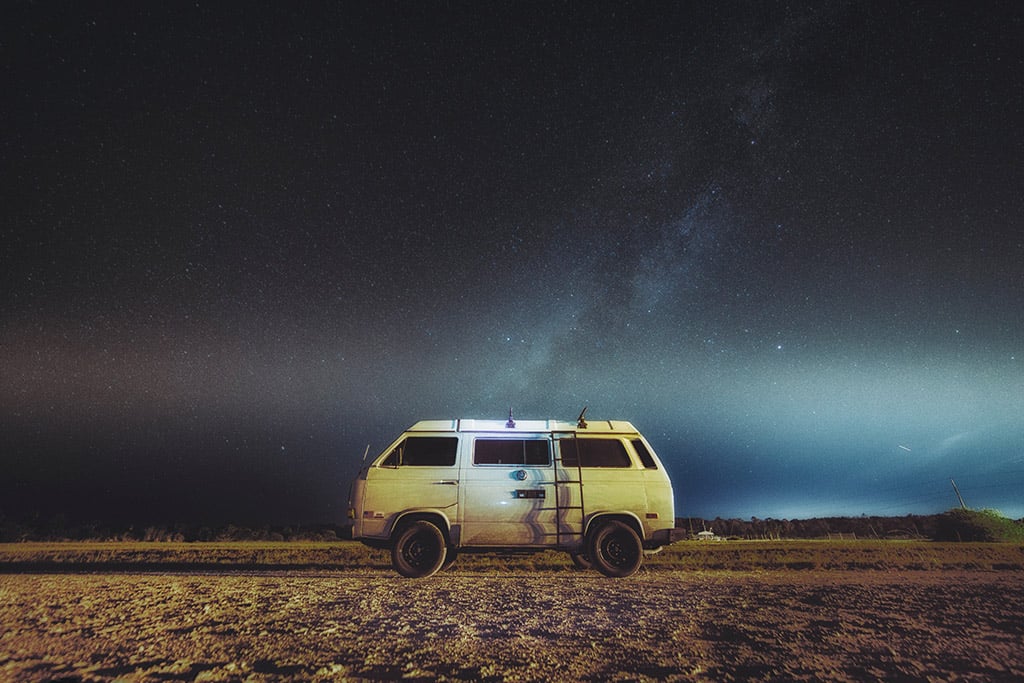
4. Adventure Vans
Have you been wanting to give van life a try? Before you quit your job, sell your house, and hit the road long-term, consider renting an adventure van for a weekend to see if you like living small on big adventures. The winter is the perfect time to try out the van life because you are more likely to want to sleep with a roof over your head, anyway.
Adventure vans are a little easier to drive than RVs and travel trailers, and they are typically better-suited for venturing farther off the beaten path. Some are lifted or equipped with beefier tires for handling rough roads and they are generally more convenient and less conspicuous if you need to park them in an urban setting. Rental companies that let you take their vans out for a weekend spin are popping up all over the country, so consider one of these next time you need somewhere warm and portable to stay in.
5. Car Camping
If you don’t need the space of an adventure van or if you would rather not throw down the cash for a rental, laying down the seats of just about any SUV and setting up a few pads, sleeping bags, or pillows can be surprisingly comfortable.
If your seats don’t lie flat, you can layer firm, flat objects in the crevasse to make it a little more comfortable, or even build a simple leveling platform from wood. If you are taller and need more leg room, fold your front seats forward to give yourself a few more inches.
Sleeping in your car can be incredibly comfortable and convenient if done right. Check out How to Successfully Camp in Your Car for more in depth tips on this.
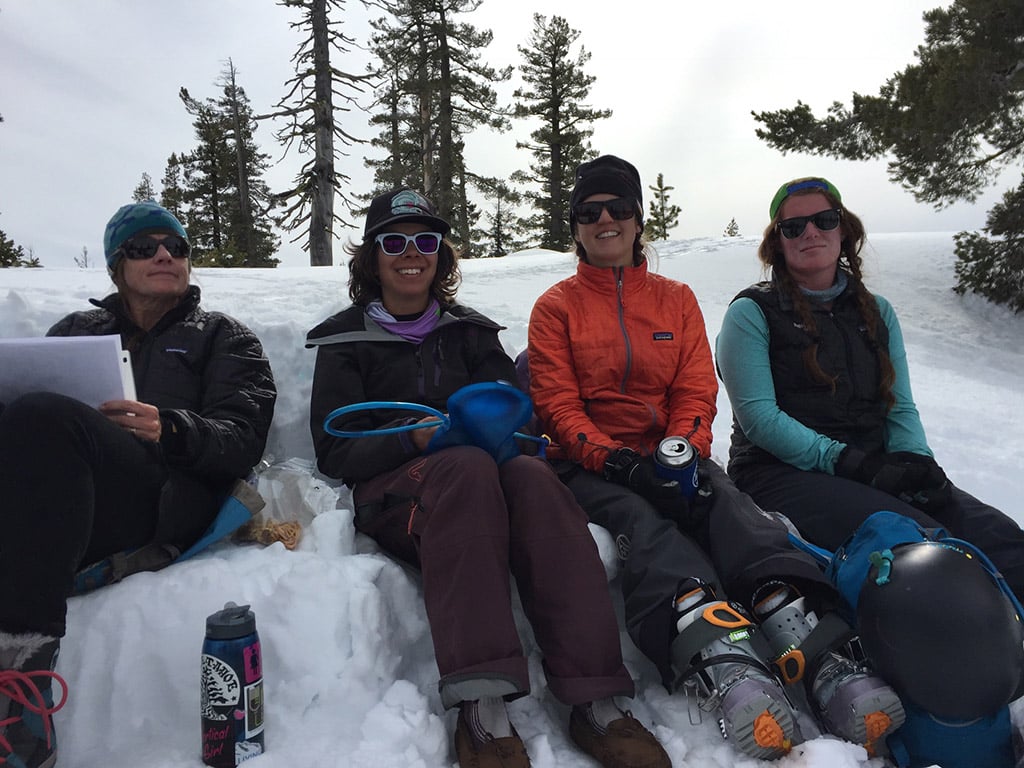
6. Snow Camping
If you have always wondered about camping in the snow but been nervous to give it a try, don’t be intimidated. There are several additional do’s and don’ts when it comes to snow camping versus regular camping, but with a little research and the right gear, you can stay warm and cozy all night long.
To set yourself up for success, you want as much material between you and the ground as possible. Consider layering two mattress pads beneath you when you sleep. Put a closed-cell foam mat, like the RidgeRest Classic, on the ground for insulation and an insulated mat, such as the TrailPro, above that for comfort. Make sure the bag you are using is suitable for the temperatures you expect, and add a liner for a little more warmth to your kit.
For the Love of Camping
Don’t be afraid to rethink your current camping style to get out there in the winter. Your basecamp prepares you for the adventures ahead and lets you fully recoup from the last excursion. For the love of camping and getting out there, redefine your basecamp for the winter months.
Related Posts:
- Anatomy of a Basecamp
- Car Camping Essentials & Gear Guide
- Therm-A-Rest Sleeping Pad R-Value Rankings
Updated. Originally Published October 25, 2019.
